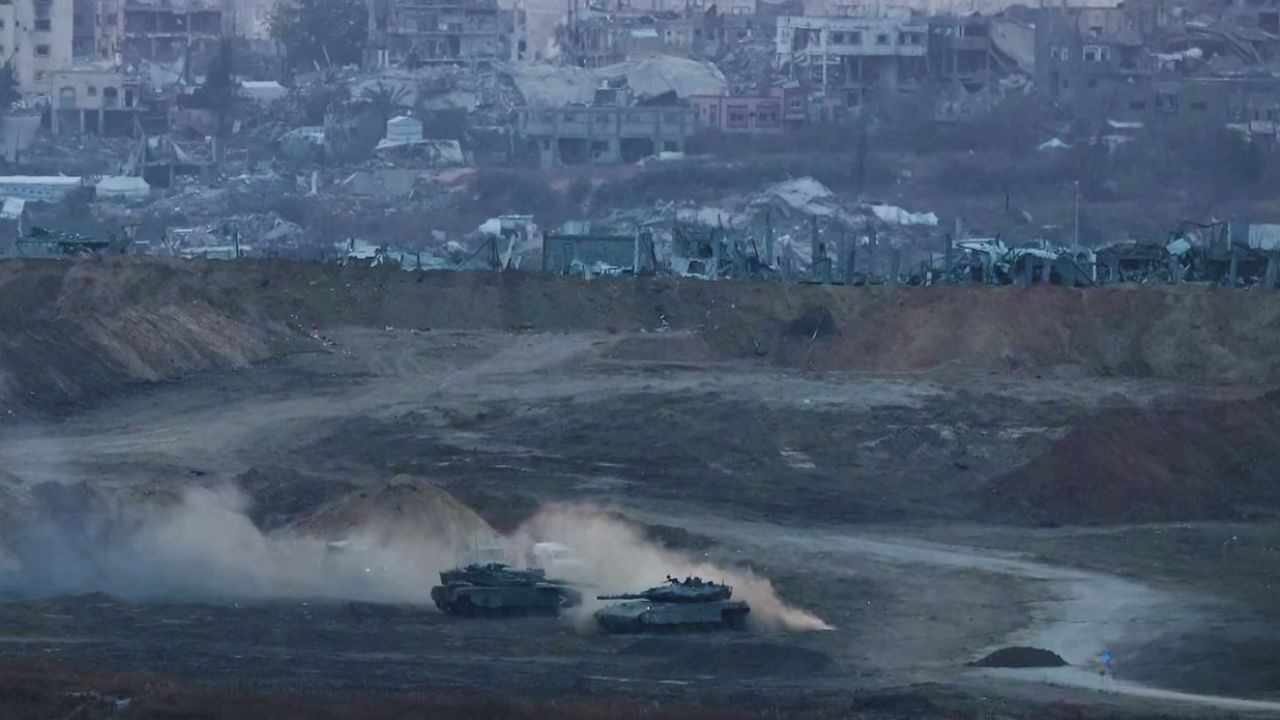On May 5, 2025, Israel’s security cabinet unanimously approved a comprehensive military strategy to occupy the entire Gaza Strip, marking a significant escalation in its ongoing conflict with Hamas. The plan, dubbed “Operation Gideon’s Chariots,” aims to dismantle Hamas’s infrastructure, secure the release of hostages, and reassert Israeli control over the territory.
Objectives of the Military Plan
The approved strategy encompasses several key components:
- Full Military Occupation: Israeli forces intend to seize and maintain control over all areas of Gaza, transitioning from previous tactics of temporary raids to sustained territorial occupation.
- Population Displacement: The plan includes relocating a significant portion of Gaza’s 2.3 million residents to the southern region, purportedly for their protection.
- Control of Humanitarian Aid: Israel proposes to oversee the distribution of humanitarian aid through private contractors, aiming to prevent Hamas from accessing supplies.
- Intensified Military Operations: The Israel Defense Forces (IDF) will conduct extensive airstrikes and ground operations targeting Hamas infrastructure.
Humanitarian Concerns and International Response
The United Nations and various humanitarian organizations have expressed grave concerns over the potential humanitarian crisis resulting from the plan. Critics argue that controlling aid distribution through private entities could hinder access for vulnerable populations and violate international humanitarian principles.
The UN has warned that Gaza’s food supplies could be depleted within days, exacerbating the existing crisis caused by the ongoing blockade that has restricted access to essential goods and services.
Domestic Opposition and Hostage Families’ Outcry
Within Israel, the plan has faced criticism from families of hostages held by Hamas, who fear that the intensified military actions could jeopardize the lives of their loved ones. Some reservists have reportedly refused to participate in the operation, citing moral objections.
Finance Minister Bezalel Smotrich has been a vocal proponent of the plan, advocating for a permanent Israeli presence in Gaza and the reestablishment of settlements dismantled in 2005.
Timeline and Geopolitical Implications
The operation is expected to commence following U.S. President Donald Trump’s upcoming visit to the Middle East, scheduled between May 13 and 16. Israeli officials view this period as a final opportunity for Hamas to agree to a ceasefire and release hostages before the full-scale offensive begins.
President Trump’s itinerary includes visits to Saudi Arabia, the United Arab Emirates, and Qatar. While Gaza is not officially on the agenda, Israeli officials believe the visit could influence regional dynamics and potential negotiations.
Current Situation in Gaza
Since the collapse of a ceasefire in mid-March, Israeli forces have regained control over approximately half of Gaza. The renewed offensive has resulted in over 52,000 Palestinian deaths, according to Gaza’s health ministry.
The humanitarian situation continues to deteriorate, with widespread shortages of food, water, and medical supplies. Aid agencies warn that the proposed plan could further exacerbate the crisis, leading to increased civilian casualties and displacement.
As Israel prepares to implement its most extensive military operation in Gaza to date, the international community watches closely, with concerns mounting over the potential humanitarian fallout and the broader implications for regional stability.
The Information is Collected from BBC and CNN.












































